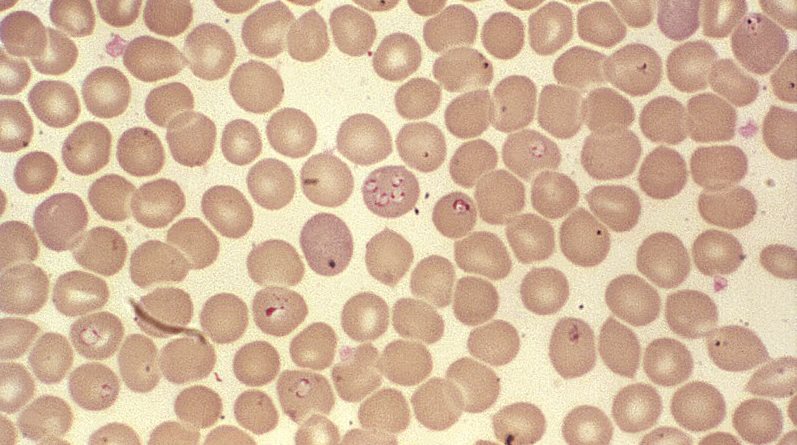
Researchers have sounded a note of caution over the potential rise of tick-borne babesiosis infections in humans and animals across Europe.
Babesiosis, also known as piroplasmosis, is a multisystem disease caused by the protozoan parasites of the genus Babesia.
Babesiosis is a disease of global significance, affecting both humans and domesticated animals. It is mostly spread to mammals through tick bites.
Anna Bajer and a team of researchers, writing in the journal Microorganisms, said there is now considerable evidence that, in Europe, babesiosis is an emerging infectious disease, with some tick species spreading because of the increasing range of their hosts.
In their review, researchers looked at the incidence of babesiosis in 20 European countries in humans, cats, dogs, horses, and cattle.
Their work encompassed southeastern Europe (Bosnia and Herzegovina, Croatia, and Serbia), central Europe (Austria, the Czech Republic, Germany, Hungary, Luxembourg, Poland, Slovakia, Slovenia, and Switzerland), and northern and northeastern Europe (Lithuania, Latvia, Estonia, Iceland, Denmark, Finland, Sweden, and Norway).
They found that recorded cases of human babesiosis are still rare, but the number is expected to rise in coming years because of the widespread and longer seasonal activity of the tick Ixodes ricinus as a result of climate change.
More extensive use of better molecular diagnostic methods is also likely to identify more cases, they added.
Overall, across the species at the centre of their review, they found a widespread occurrence of these pathogens.
Babesiosis in cattle has re-emerging potential because of the likely loss of herd immunity and the return to more extensive cattle management.
Babesiosis in dogs due to Babesia canis is a rapidly expanding and emerging tick-borne disease in central and northeastern Europe, the prevalence of which correlates with the rapid and successful expansion of the ornate dog tick population.
In horses, Theileria equi infections appear to be spreading in central Europe, mainly because of the mobility of horses.
Babesiosis in cats is still reported only rarely in Europe but the susceptibility of cats to B. canis infection requires reassessment. Their risk of infection needs re-evaluation, they said, especially in those regions of Europe where babesiosis is endemic.
The authors drew attention to the still largely incomplete datasets currently available about the extent of babesiosis in Europe.
“Despite this, there is clear evidence of an increasing annual incidence of piroplasmosis across Europe, which is changing in line with similar increases in the incidence of other tick-borne diseases that have been documented elsewhere.
“This situation is of concern, and we recommend careful, standardized monitoring using a ‘One Health’ approach.”
The review team comprised Bajer, Ana Beck, Relja Beck, Jerzy Behnke, Dorota Dwużnik-Szarek, Ramon Eichenberger, Róbert Farkas, Hans-Peter Fuehrer, Mike Heddergott, Pikka Jokelainen, Michael Leschnik, Valentina Oborina, Algimantas Paulauskas, Jana Radzijevskaja, Renate Ranka, Manuela Schnyder, Andrea Springer, Christina Strube, Katarzyna Tolkacz and Julia Walochnik, affiliated with a range of European tertiary institutions.
Bajer, A.; Beck, A.; Beck, R.; Behnke, J.M.; Dwużnik-Szarek, D.; Eichenberger, R.M.; Farkas, R.; Fuehrer, H.-P.; Heddergott, M.; Jokelainen, P.; Leschnik, M.; Oborina, V.; Paulauskas, A.; Radzijevskaja, J.; Ranka, R.; Schnyder, M.; Springer, A.; Strube, C.; Tolkacz, K.; Walochnik, J. Babesiosis in Southeastern, Central and Northeastern Europe: An Emerging and Re-Emerging Tick-Borne Disease of Humans and Animals. Microorganisms 2022, 10, 945. https://doi.org/10.3390/microorganisms10050945
The review, published under a Creative Commons License, can be read here.
Source link : https://horsetalk.co.nz/2022/04/30/babesiosis-horses-spreading-central-europe-review/
Author :
Publish date : 2022-04-30 03:00:00
Copyright for syndicated content belongs to the linked Source.